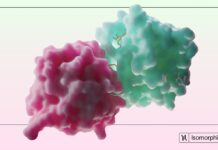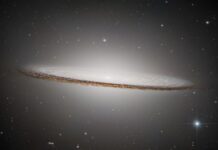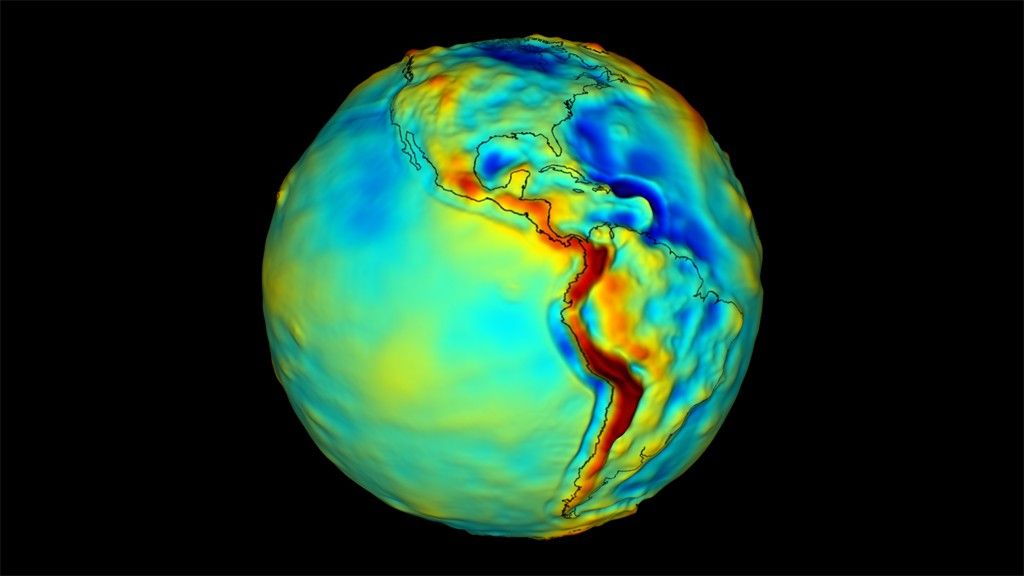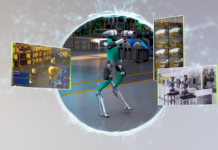Introduction to a Pioneering Quantum Sensor for Space-Based Gravity Measurement
In a groundbreaking collaboration, researchers from NASA’s Jet Propulsion Laboratory (JPL) in Southern California, alongside private enterprises and academic bodies, are venturing into uncharted territory. They are in the process of developing the very first space-based quantum sensor dedicated to measuring gravity. This ambitious project is being supported by NASA’s Earth Science Technology Office (ESTO) and represents a significant leap forward in the field of quantum sensing. The potential applications of this technology are vast, extending from the identification of petroleum reserves to monitoring the global availability of fresh water.
Understanding Earth’s Dynamic Gravitational Field
Earth’s gravitational field is not a static entity; it is subject to change on a daily basis as geological activities redistribute mass across our planet’s surface. In simple terms, the more mass there is in a given area, the stronger the gravitational pull. Though these subtle changes in gravity might go unnoticed in our daily lives, they are critical for scientists. Using highly sensitive instruments known as gravity gradiometers, scientists can map these minute variations in Earth’s gravitational field. These maps are invaluable for various applications, including navigation, resource management, and national security.
The Quest for Precision: Mapping Gravity with Quantum Technology
Jason Hyon, the chief technologist for Earth Science at JPL and the director of JPL’s Quantum Space Innovation Center, has emphasized the precision that quantum technology can bring to gravity measurement. According to Hyon, using atoms, it is possible to determine the mass of massive geological structures like the Himalayas. The concepts underpinning their innovative Quantum Gravity Gradiometer Pathfinder (QGGPf) instrument are detailed in a recent paper published in EPJ Quantum Technology.
Gravity gradiometers work by comparing the rate at which two objects fall in slightly different locations. These objects, referred to as test masses, fall faster in areas where gravity is stronger. The QGGPf will utilize two clouds of ultra-cold rubidium atoms as these test masses. By cooling these atoms to temperatures near absolute zero, they behave like waves. The quantum gravity gradiometer will then measure the acceleration differences between these matter waves to pinpoint gravitational anomalies.
The Advantages of Using Ultra-Cold Atoms
The use of ultra-cold atoms as test masses is particularly advantageous for maintaining the accuracy of space-based gravity measurements over extended periods. Sheng-wey Chiow, an experimental physicist at JPL, explains that atoms provide a consistent basis for measurement, with reduced sensitivity to environmental fluctuations. This consistency ensures that each measurement remains reliable, an essential feature for any scientific instrument deployed in space.
Furthermore, the compact nature of this technology represents a significant advancement. Traditional space-based gravity instruments tend to be larger and heavier. In contrast, the QGGPf will have a volume of approximately 0.3 cubic yards (0.25 cubic meters) and weigh only around 275 pounds (125 kilograms). This compact size not only makes it feasible to deploy on a single spacecraft but also reduces the costs associated with launching and operating these instruments in space.
Enhancing Sensitivity with Quantum Sensors
Quantum sensors are poised to revolutionize gravity measurement by offering increased sensitivity. Estimates suggest that a science-grade quantum gravity gradiometer could be up to ten times more sensitive than its classical counterparts. This heightened sensitivity could unlock new insights into Earth’s geological features and processes.
The primary objective of this technology validation mission, which is slated for launch towards the end of the decade, is to test a suite of cutting-edge technologies designed to manipulate interactions between light and matter at an atomic scale. As Ben Stray, a postdoctoral researcher at JPL, points out, deploying these instruments in space is crucial to understanding their operational capabilities and advancing both the quantum gravity gradiometer and quantum technology as a whole.
Collaborative Efforts and Future Implications
This innovative project is a testament to the power of collaboration. NASA has partnered with small businesses to push the boundaries of what is possible. At JPL, the team is working alongside companies like AOSense and Infleqtion to enhance the sensor head technology, while NASA’s Goddard Space Flight Center in Greenbelt, Maryland, is collaborating with Vector Atomic to advance the laser optical system.
The breakthroughs achieved during this pathfinder mission hold promise not only for Earth studies but also for understanding distant celestial bodies and the fundamental role of gravity in shaping the universe. Jason Hyon aptly notes that the QGGPf instrument is poised to have applications in planetary science and fundamental physics.
Conclusion
The development of a space-based quantum sensor for gravity measurement is a remarkable milestone in the field of space exploration and scientific research. By harnessing the power of quantum technology, researchers are opening new doors to understanding the intricate gravitational dynamics of our planet and beyond. This endeavor exemplifies the spirit of innovation and cooperation that drives scientific progress and holds the potential to transform our understanding of the cosmos.
For those interested in learning more about NASA’s Earth Science Technology Office and their pioneering initiatives, further information is available at [NASA’s ESTO website](https://esto.nasa.gov).
For more Information, Refer to this article.


































